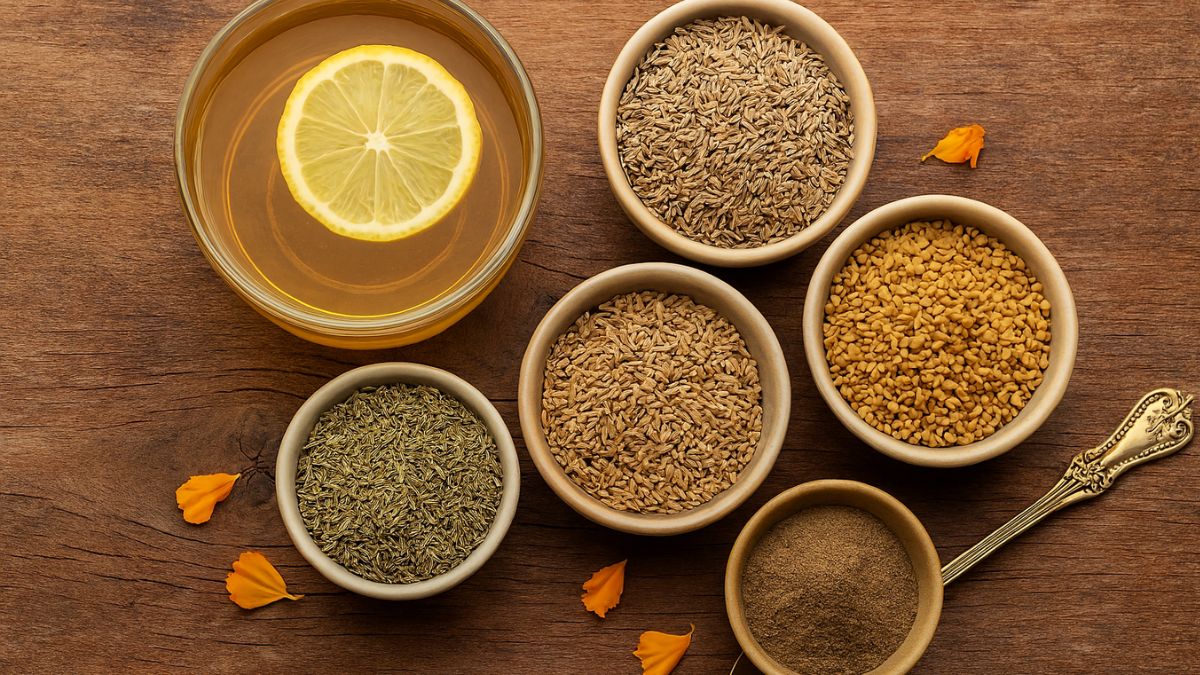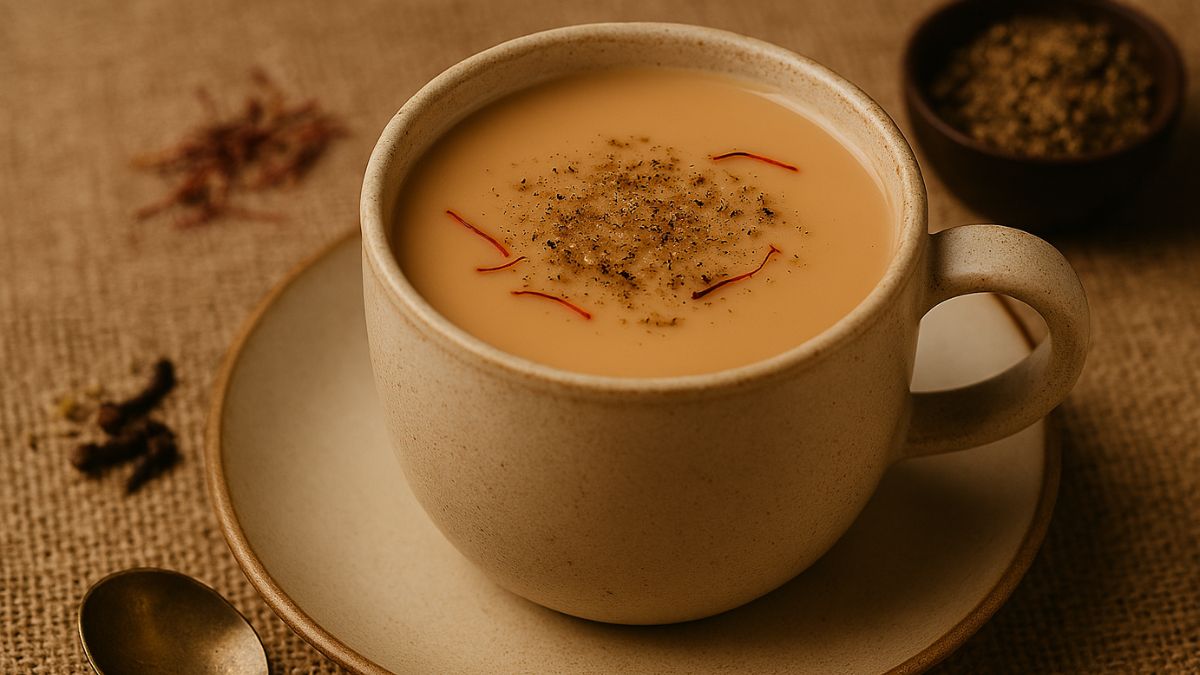Idli and rajma are possibly two of the most popular foods across India. Originally rajma is considered North Indian cuisine, and idli is a South Indian one. But its comforting flavours and wholesome nutrient profile have broken the barrier, making it a widely cooked dish in different states. But did you know, these are featured among foods with the highest biodiversity footprint? Sounds surprising? It was quite shocking for us as well.
A new study, published in the journal PLoS ONE, has found that idli and rajma are among the top 25 popular foods across the globe that are causing the most biodiversity damage. A total of 151 dishes were analyzed, containing both veg and nonveg food items. Among them, idli stands sixth, and rajma is in the seventh position. Other dishes on the list are chana masala and chicken jalfrezi.
A PTI report further explains, the researchers found that dishes made from ingredients like beef, legumes, and rice encroaching on biodiversity hotspots with already very high agricultural pressure such as India end up having a high biodiversity footprint.
"India was observed to be involved with the production of mostly high biodiversity footprint dishes with biodiversity impacts driven by ingredients (e.g. rice, legumes, chicken) that are not commonly flagged as having a high environmental footprint," the researchers wrote.
On the other hand, dishes made from starchy foods comprising potato and wheat such as mantou and Chinese steamed bun were among those with the lowest biodiversity footprint, the researchers said.
They said this was partly explained by the lower weights of these dishes with below-average biodiversity footprint per kcal per gram in both locally and globally produced scenarios.








